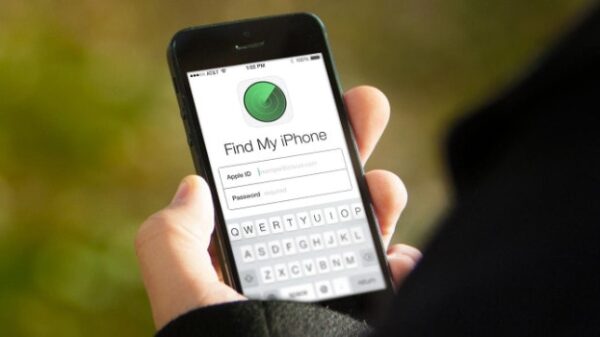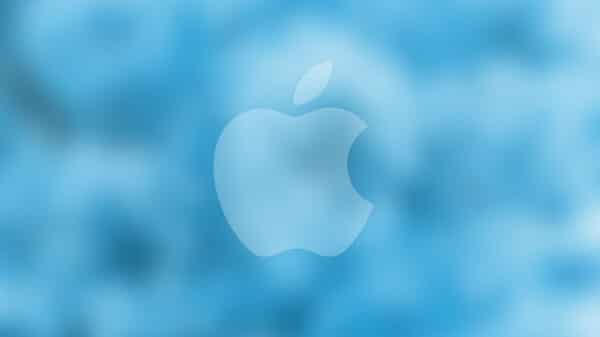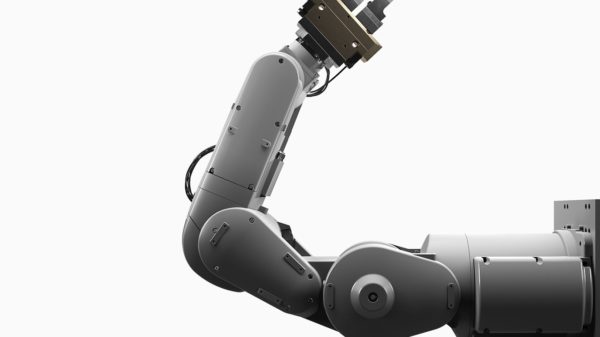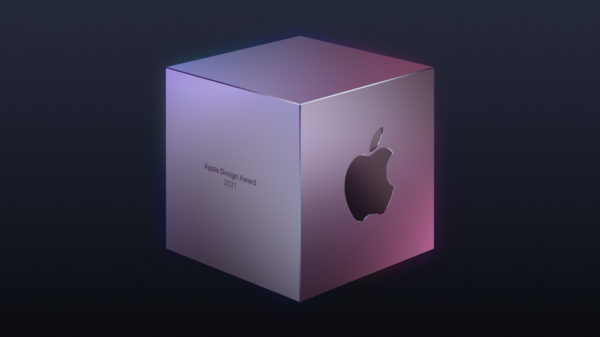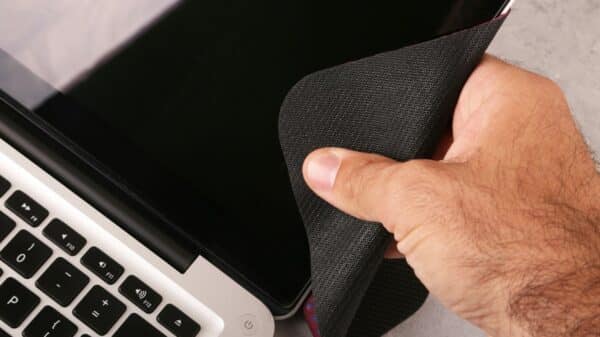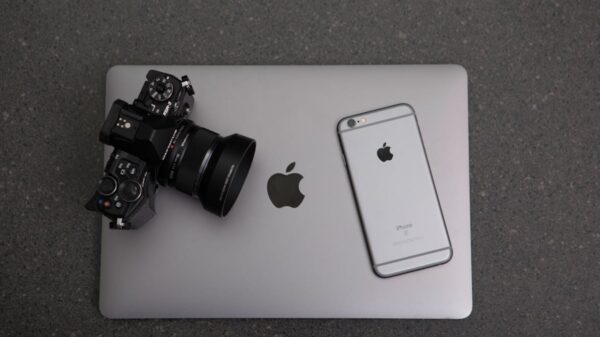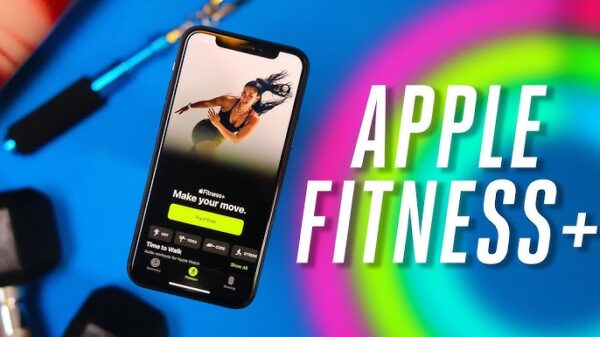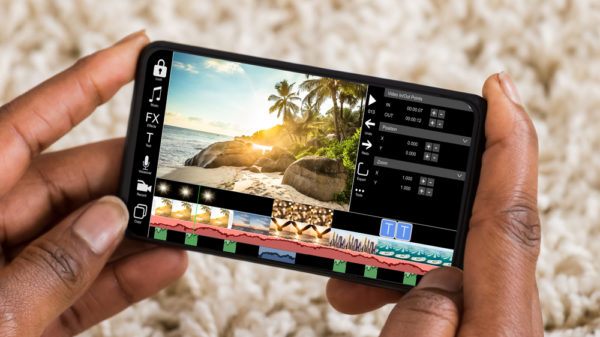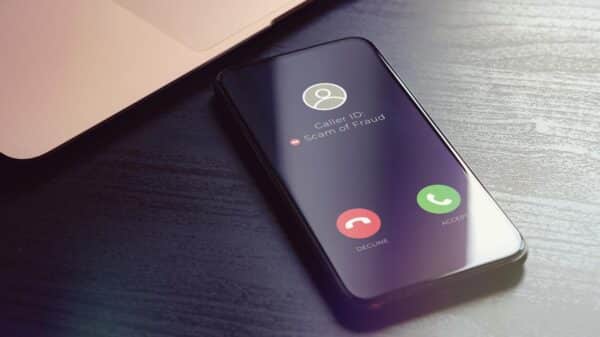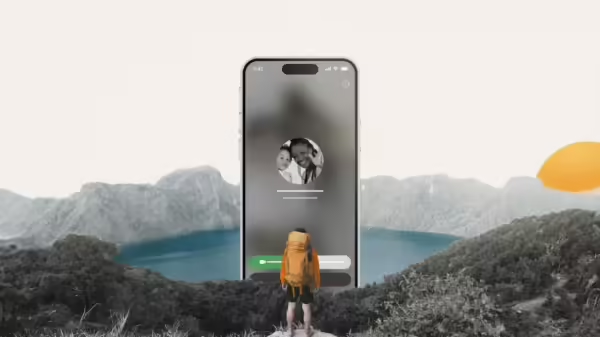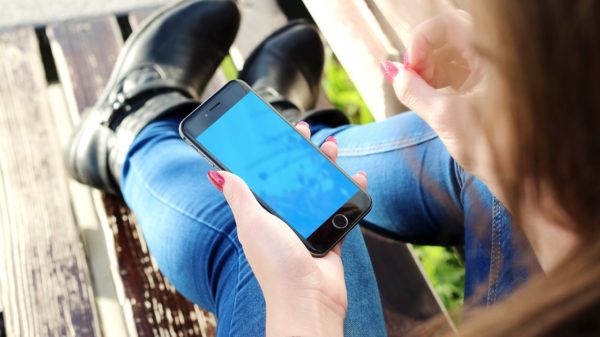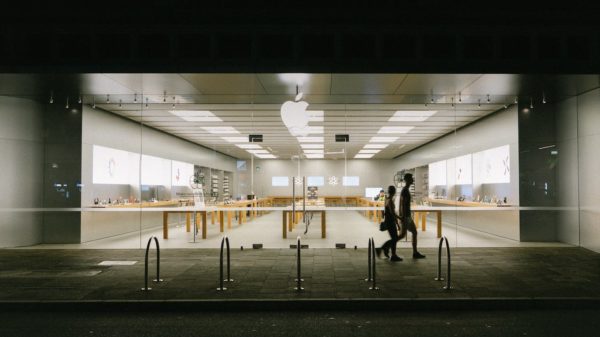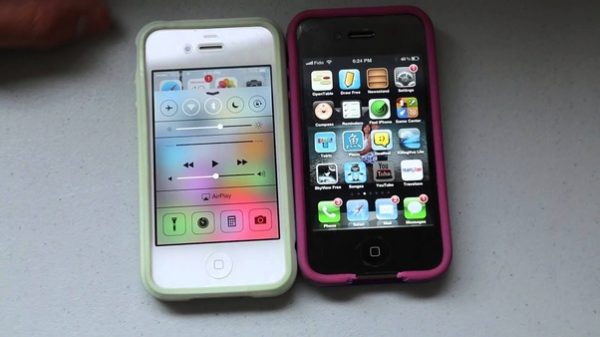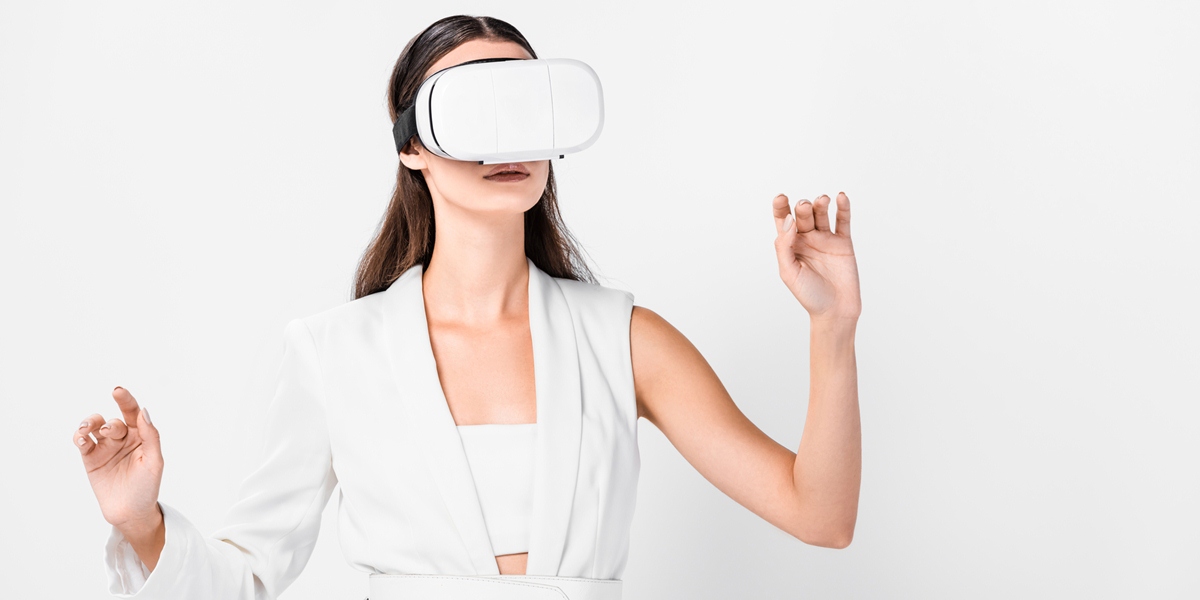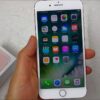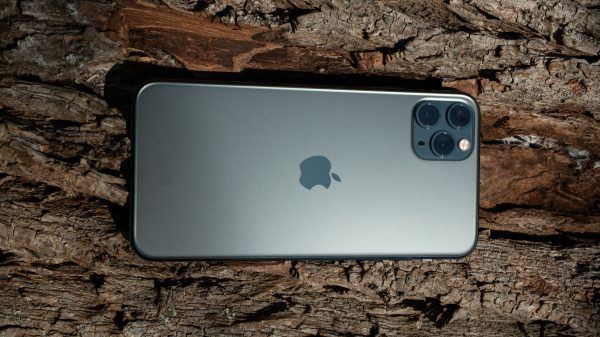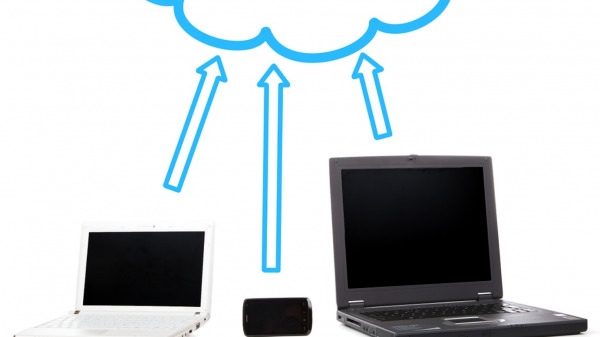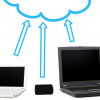In the vast ocean of technological evolution, Apple has always been a trailblazing ship, steering innovation and setting industry benchmarks. Known not just for its product lineage, but also its strategic moves in the business arena, Apple’s acquisition patterns often act as a lighthouse, offering insights into the company’s forward momentum. One such intriguing domain where Apple’s footprints have grown deeper is virtual reality (VR).
In this article, we embark on a journey exploring Apple’s acquisitions of VR startups, attempting to decode the possible horizons the tech giant is aiming for in the VR landscape. So, let’s see Apple VR efforts in the past several years.
1. Metaio (2015)
Venturing from the heart of Germany, Metaio was a dominant player in the augmented reality (AR) sector. With applications ranging across various sectors such as automotive, retail, and even gaming, their AR tools were versatile. Apple, in its acquisition of Metaio, didn’t just gain a team or technology; it gained a legacy of AR-driven interactivity that was subsequently integrated into Apple’s ARKit.
This move significantly empowered developers worldwide, enabling them to craft immersive and dynamic applications tailored for iOS devices. The acquisition hinted at Apple’s desire to make AR mainstream, seamlessly blending the digital with the tangible.
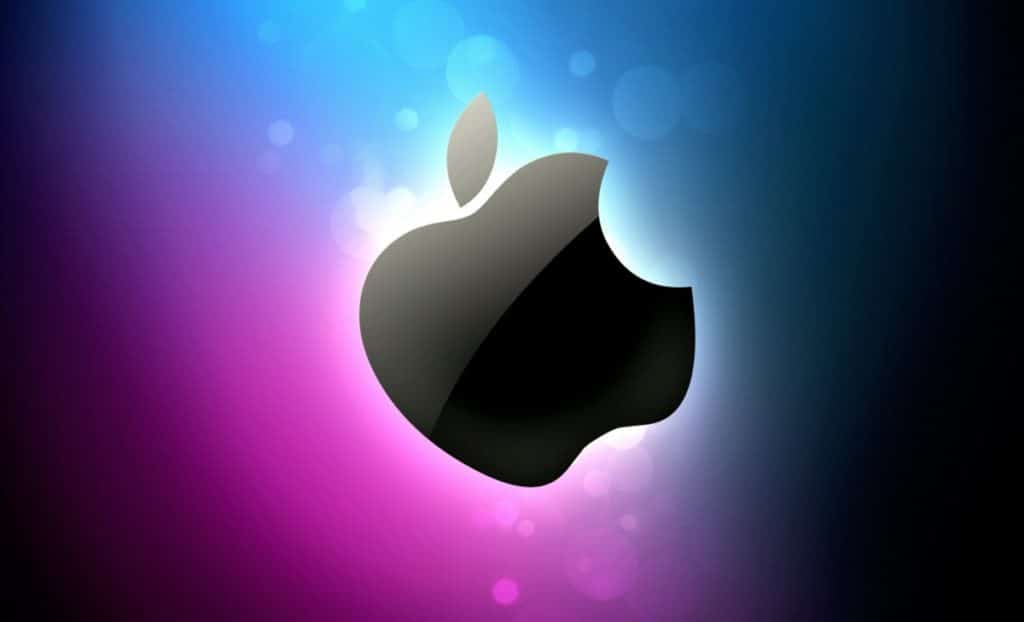
2. Faceshift (2015)
The magic of Faceshift lay in its unique capability to capture and recreate human expressions. This Swiss marvel was more than just a tech company; it was an embodiment of digital emotions. Faceshift’s technology had the prowess to translate real-time human facial gestures into digital avatars, offering profound applications in the realms of gaming, animation, and of course, VR.
With Apple’s acquisition of Faceshift, there was a clear emphasis on humanizing the digital experience, ensuring that as we step into virtual realms, our digital counterparts mirror our real emotions, deepening the level of engagement and realism.
3. Vrvana (2017)
Emerging from Canada, Vrvana was not just another name in the VR sector; it was a beacon of mixed reality. Their flagship product, the Totem headset, was unique as it didn’t confine itself to either AR or VR. Instead, it merged both, promising users a seamless blend of the real and virtual.
Apple’s interest in Vrvana wasn’t just a testament to its VR ambitions but showcased a vision where the lines between AR and VR blur, offering users an unparalleled, integrated experience.
4. NextVR (2020)
California-based NextVR was in a league of its own. It redefined live broadcasting by introducing the element of immersion. No longer were events like sports or concerts limited to flat screens. NextVR transported users right to the heart of the action, making them a part of the event.
Apple’s acquisition of NextVR was a clear indication of its holistic approach towards VR. It wasn’t just about creating VR gadgets; it was about crafting unforgettable experiences, and with NextVR, Apple signaled its intent to dominate the content dimension of the VR universe.
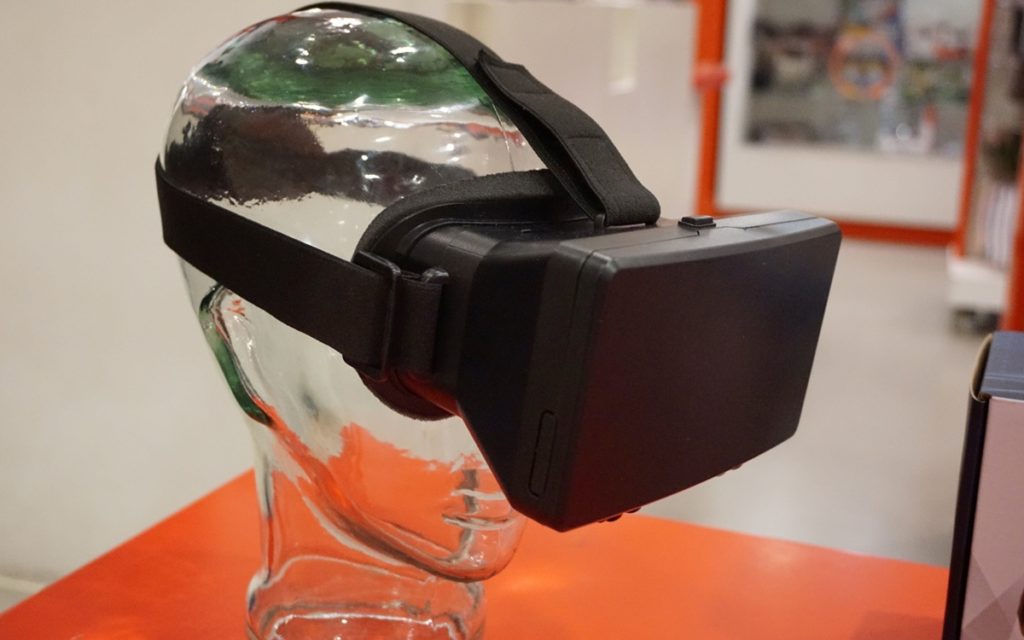
5. Spaces (2020)
Initially conceptualized as an offshoot of DreamWorks Animation, Spaces was a testament to adaptability. It transitioned from focusing on location-based entertainment to pioneering VR extensions, particularly for video conferencing platforms.
In a world increasingly reliant on remote communication tools, Apple’s acquisition of Spaces hinted at a vision that saw VR as more than just a medium for gaming or entertainment. It was a tool for communication, collaboration, and community-building.
Apple VR: Final Words
Apple’s voyage in the VR domain, as mapped through its acquisitions, speaks volumes of its intent to be more than just a spectator; it aims to be a pioneer. According to VR Nerdz, 3D modeling and animation is a hallmark of VR technology experiences and Apple wanted a piece of it. While the tangible outcomes of these acquisitions remain ensconced in Apple’s strategic vault, they collectively paint a promising picture.
It’s an image of a world where VR is not a novelty but a norm, where Apple’s innovative spirit continues to redefine boundaries, blending the tangible with the virtual in ways we’ve only dared to imagine.




